Stark Silhouettes – a lesson from the desert
I had the opportunity recently to visit Tucson, Arizona and was fascinated to see a landscape so different from the lush Pacific Northwest. Instead of ferns and mossy glades beneath towering evergreens the arid desert landscape was filled with cacti, succulents and other drought tolerant specimens piercing the rocky terrain.
To some this stark landscape seemed barren yet I found the juxtaposition of the different architectural shapes fascinating. When I design gardens and plant combinations I pay great attention to the details of foliage to create a layered tapestry. I also love to work with color – high contrast and monochromatic being my two favorite schemes. The desert plantscape was an exciting study in monochromatic planting with shades of silvery-green and steel blue predominating and it was also a lesson in appreciating the structural quality of each plant.
While in Tucson I heard a wonderful presentation by Scott Calhoun, a local and highly regarded landscape designer on Hot Gardens – designing in the south west. Whereas I am often asked to create a sense of enclosure, a hidden oasis for my clients, Scott designs for a sense of openness and transparency. He aims to mimic the surrounding landscape in his gardens, framing views of the surrounding mountains. It is a principle called ‘borrowed landscape’ where the garden seems to extend into the distance and boundaries are obscured.
Rather than creating screening he looks for ways to add stark silhouettes against the sky – emphasizing the wider landscape or vista. Closer at hand he creates vignettes of plant material, boulders wildflowers and native grasses.
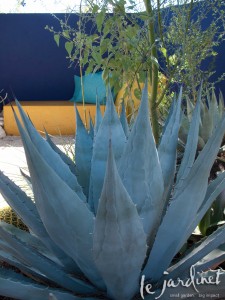
Stunning in its simplicity. The powdery blue Agave highlights the blue wall with a bold golden yellow bench providing high contrast.
My favorite trip was to a wonderful private garden where the homeowner had adapted these principles to an urban environment. He had built the most beautiful stucco walls, each painted a different bold color and then set the plants against this unadorned backdrop. Sunlight cast shadows on these walls creating a sense of greater depth allowing the form of each cactus to be silhouetted without distraction from background plants.
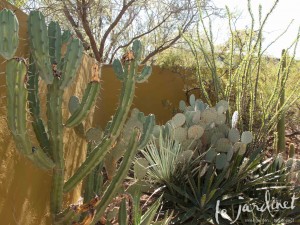
This monochromatic scheme looks striking when the silhouette of each plant is showcased against the stucco wall
Although the plants themselves were of a similar hue, by placing them against walls of cobalt blue, yellow ochre, terracotta and olive green each specimen ‘popped’.
Each plant was well spaced from its neighbor – a practical necessity in the desert since they are competing for water. Yet this allowed the graphical shape of each plant to be appreciated in isolation creating an almost minimalistic look.
Short spines, long spines, orange spines, ghostly white spines. Paddle shapes, columnar pickets, pointed arrows and mounds. The variety was still there in the details although at first glance the desert may seem like a moonscape to those of us used to a completely different environment.
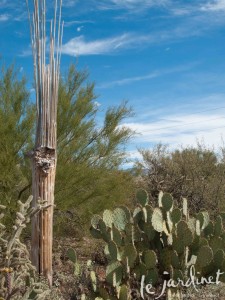
Whereas in the PNW we might leave snags of tall trees for wildlife and to simply lend a sculptural statement, in Tucson we saw many cacti skeletons creating the same effect
This trip provided a wonderful opportunity to learn about different design techniques and many of those ideas can be employed in our own gardens. Creating silhouettes using the contorted branching structures of trees and shrubs for example. Or a stand of vertical grasses against the solid backdrop of evergreen trees can have the same dramatic effect as the cacti against the sky. If you would like more ideas on designing silhouettes, especially valuable in the winter landscape of more temperate climates, you may enjoy this article I wrote a while ago.
No matter where you live, it’s still all about the details.
This trip was organized by the Garden Writers Association
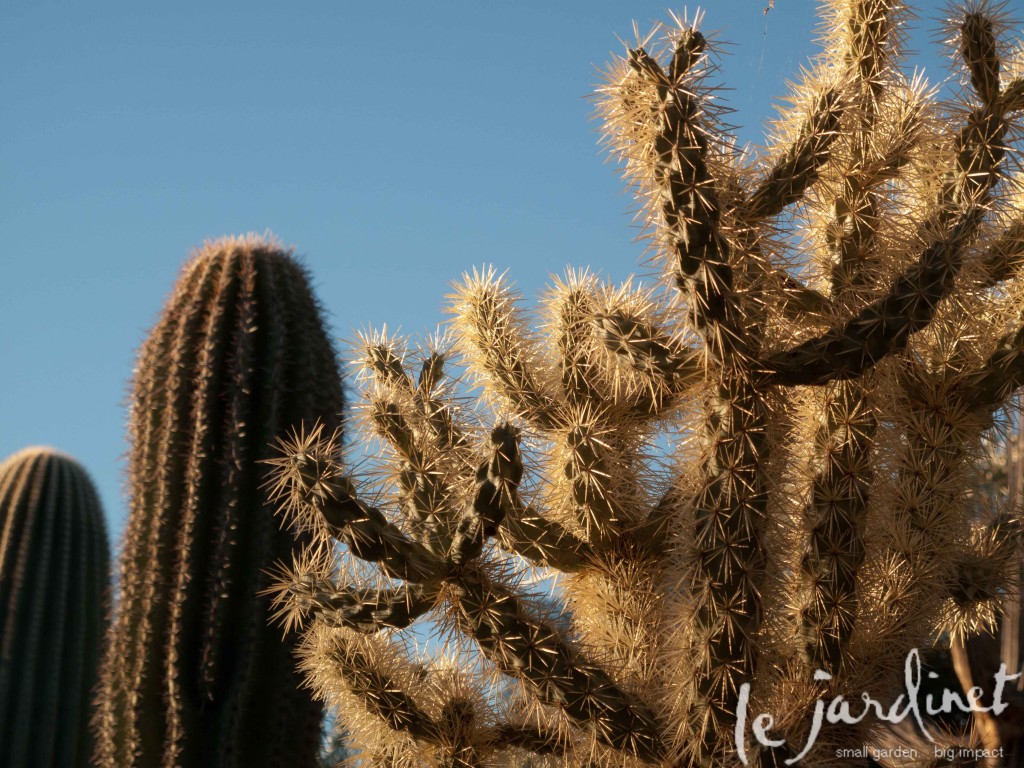
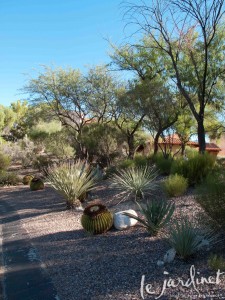
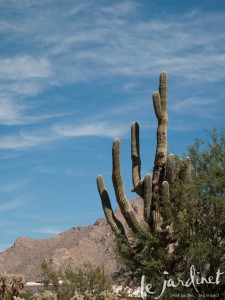
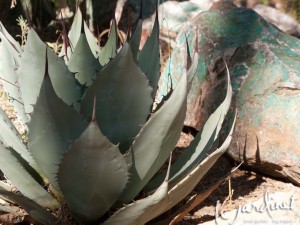
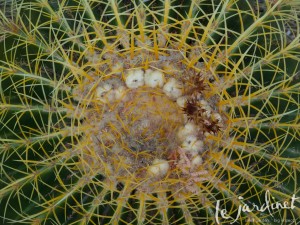
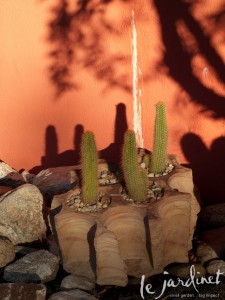
Karen,
You captured some wonderful images from the GWA Conference!
Thanks Catriona – it was a wonderful trip!
I loved hearing about your trip. Donna from Garden Walk and I were thinking of going to this conference. By the time we joined the GWA, paid for the conference, food, and hotel, and bought the plane tickets, it seemed very expensive. I would love to hear more about your experience. We were kind of spoiled by how cheap the garden bloggers fling was.
Carolyn, the GWA is a completely different animal from the bloggers fling. Personally I have found it rewarding on so many levels that I can't imagine NOT going. I'd love to chat more about it so feel free to email me at karen@lejardinetdesigns.com .
Love the photos and your commentary about the trip and the plants. Thanks for your great advice and the good company. Good luck with the book – I can't wait to get it.
Diana – I am so glad we had the opportunity to connect albeit briefly in Tucson. Thank you for your encouragement and hope we meet again.
Enjoyed looking at your photos Karen and reading your commentary about your trip and experience. The architectural merit of these succulents are undeniable. Thanks for sharing 🙂
You'd have loved this trip guys!
The GWA tours were indeed wonderful! Your photos took me back to the inspiring places we visited and they compliment your article very well.
Great to have met up with you again Kristen.
Great article and wow what a wonderful selection of Cacti. I have a friend who lives in Arizona but I've never been – maybe I really ought to take that trip.
I know you would love it Hometipster.com ! So much to see and to learn. Thanks for taking the time to comment.
I love the photo of the blue Agave! I remember vividly my first visit to the Sonoran desert near Phoenix. It seemed to be a different planet. Just gorgeous, though not the beauty I am accustomed to. I had always though of the desert as a desolate place. I was wrong!
That blue is YOUR color Deb!
Karen, I'm so glad you made it to the desert southwest, and that you enjoyed it so much! I haven't been to Tucson but it's high on my list — I'd love to go to Saguaro National Park. Even though AZ's desert is a couple of notches more severe than ours, the overall "feel" of openness is similar. You describe it wonderfully.
I sometimes feel like desert gardens are a little too prone to focus on the "desert" part and downplay the "garden" part — to be high-concept places to look at, but not necessarily intimate (or shady!) places of ease. I like the vignette idea as a way to make the balance a little more comfortable. Much as I like a western garden to resonate with the landscape, it's still nice to have an oasis!